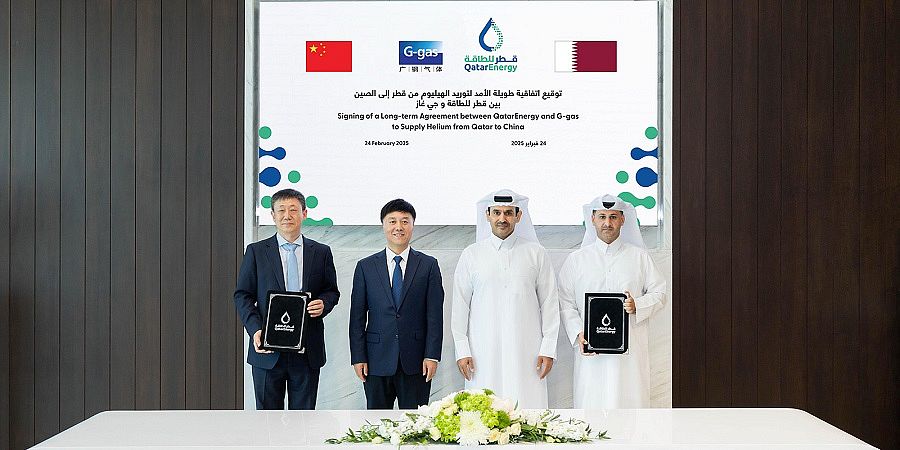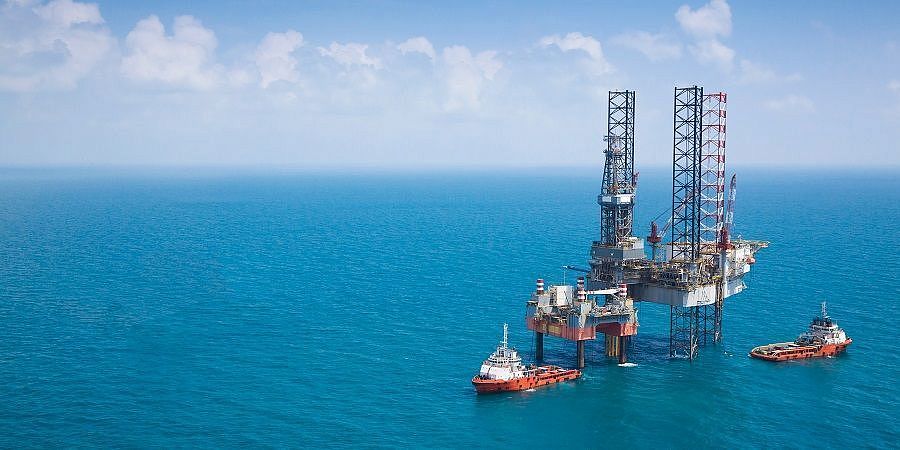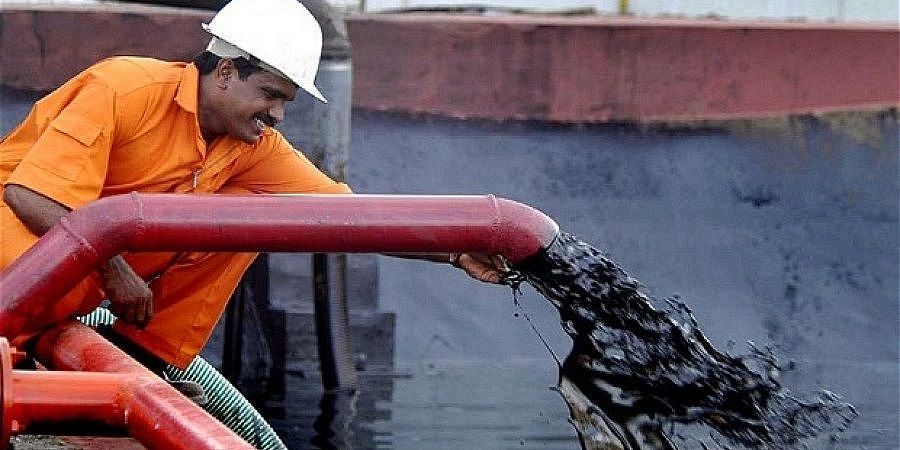Even with the number of gas projects being developed or currently delayed, Africa still has significant production potential.
The continent is forecast to increase its gas output from about 260 Bcm in 2022 to as much as 335 Bcm by the end of this decade.
If oil & gas operators decide to up the ante on their gas projects on the continent, near and mid-term gas production from Africa could surpass the above conservative forecasts.
Russia has historically been the dominant gas supplier to Europe, with an average of about 62 % of overall gas imports to the continent over the past decade. Africa has also been a consistent gas exporter to Europe during that time, with an average of 18 % of European gas imports coming from Africa.
Projects in Africa are, however, historically seen as having increased risk and can be delayed or go unsanctioned due to high development costs, challenges accessing financing, issues with fiscal regimes and other above-the-ground risks.
Recent signals from oil & gas majors such as BP, Eni, Shell, ExxonMobil, and Equinor indicate a shift, however, in strategy towards further investment in Africa, with several projects that were previously on ice – including LNG projects – as they consider restarting or accelerating previously shelved projects in response to rising global demand.
Siva Prasad, a senior analyst at Rystad Energy, commented:
- The geopolitical situation in Europe is changing the landscape for risk globally
- While LNG flows from the US are substantial, demand is much higher
- Asian and European importers will need to consider African priorities as they develop projects, as many African producers are focusing on supplying energy locally as well as to intra-African markets along with catering to global markets
- Existing pipeline infrastructure from Northern Africa to Europe and historical LNG supply relationships make Africa a strong alternative for European markets, post the ban on Russian imports
Africa’s advantage is that it already has existing pipelines connected with the wider European gas grid.
Current pipeline exports from Africa to Europe run through Algeria into Spain and from Libya into Italy.
Talks of long-distance pipelines connecting gas fields in Southern Nigeria to Algeria via the onshore Trans Saharan Gas Pipeline (TSGP) and the offshore Nigeria Morocco Gas Pipeline (NMGP) have picked up in recent months.
While the TSGP aims to utilize existing pipelines from Algeria to tap into European markets, NMGP aims to extend the existing West Africa Gas Pipeline (WAGP) all the way to Europe via West African coastal nations and Morocco.
Europe is now considering how gas-rich African nations can be helped to scale up production and exports in the years to come.
The EU’s decision earlier this year that all gas investments are equivalent to investments in green energy signals that African gas is considered sustainable.
For instance, Europe could be a key financer of the proposed $13-billion TSGP project.
Further afield, African LNG exports have predominantly come from Nigeria and Algeria, with smaller volumes from Egypt, Angola, and a fraction from Equatorial Guinea.
In addition, large-scale discoveries offshore in Mozambique, Tanzania, Senegal, Mauritania, and South Africa have the potential to yield additional gas exports once developed.
Author: Nermina Kulovic







